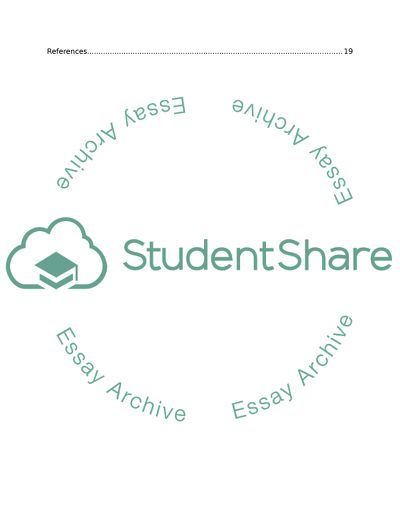Cite this document
(Audit Framework Essay Example | Topics and Well Written Essays - 3500 words, n.d.)
Audit Framework Essay Example | Topics and Well Written Essays - 3500 words. https://studentshare.org/finance-accounting/1792885-audit-framework
Audit Framework Essay Example | Topics and Well Written Essays - 3500 words. https://studentshare.org/finance-accounting/1792885-audit-framework
(Audit Framework Essay Example | Topics and Well Written Essays - 3500 Words)
Audit Framework Essay Example | Topics and Well Written Essays - 3500 Words. https://studentshare.org/finance-accounting/1792885-audit-framework.
Audit Framework Essay Example | Topics and Well Written Essays - 3500 Words. https://studentshare.org/finance-accounting/1792885-audit-framework.
“Audit Framework Essay Example | Topics and Well Written Essays - 3500 Words”. https://studentshare.org/finance-accounting/1792885-audit-framework.


